At around 10 AM, we helped Andres remove some of the concert equipment that was used for the Waterfahl concert (speakers, lights, etc.). We also moved most of the chairs, tables, etc. back to their original locations. Around 11:15 AM, we had some toasted bread, cheese, and coffee. Lotte showed us how she makes elderberry juice. Basically, she boils the elderberry flowers with lemons, and sugar. After letting it sit for a few days she filters out the flowers and lemons and voila! The juice was delicious and is good for you too!. The plan for today was to visit the Sletterhage Lighthouse where Lotte volunteers. On the way to the lighthouse, we stopped to see the Helgenaes Kirke (church) that was built in the 13th century. The church had a flat, wooden beam ceiling which Lotte said was unusual. It also had a large model ship hanging from the ceiling near the entrance which Lotte said is common in Danish churches. According to Wikipedia, the ships are known as votive ships and started becoming common throughout Christian Europe around the Middle Ages. After touring the church and surrounding cemetery, Lotte led us to a vista point with a spectacular view of the surrounding countryside and bay. Luckily, I had a tripod and was able to take a nice photo of all of us sitting with the beautiful view in the background.
On the way to the Sletterhage Lighthouse, we passed a house where roofers were replacing the thatched roof. Carol and I were curious, so we pulled over to the side of the road and watched them work. It was fascinating watching them tie and shape bundles of thatch and how they attached the bundles to the roof. I can’t even remember seeing a thatched roof in the U.S. So, it was amazing to see so many in Denmark. According to ITS (International Thatching Society), thatched roofs are considered more climate friendly. So, hopefully, it’s not a dying craft and thatched roofs may become even more common.
We continued to the Sletterhage Lighthouse where Lotte works as a volunteer. The lighthouse is open to public and has educational displays showing the history, geology, and nature of the area. According to Wikipedia, Sletterhage Lighthouse was built in 1894 and was used to help guide ships to and from the port of Aarhus. According to Lotte, it was also used during the cold war to look for Russian submarines. After touring the lighthouse, we got ice cream cones from a little food cart near the lighthouse. The girl at the food cart asked if I wanted some guf. I had no idea what guf was, but Lotte said I should give it a try. So, feeling adventurous, I agreed. It was a bit like mousse but a little more gooey.
We returned to the summer house around 4:40 PM and then took a walk to the nearby beach with Lotte. The bay was beautiful and calm. The beach was gravely with lots of flint and other types of rocks that were brought down from the north by ice sheets during glaciation periods. Lotte said she finds a lot of fossilized shells along the beach. After the walk, Lotte returned to her house and was planning to go to another meeting about the proposed summer houses. Carol and I returned to the summer house where we vacuumed Marie’s car in preparation for returning it to her tomorrow.
Things I Learned On This Day (#TILOTD) –
Things I Learned On This Day (#TILOTD) –
- Thatched roofs are climate friendly
- Guf is a gooey marshmallow fluff that Danes like to put on ice cream cones
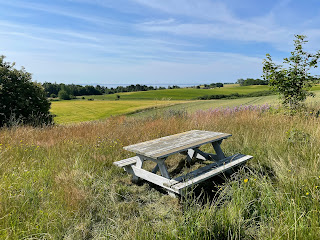


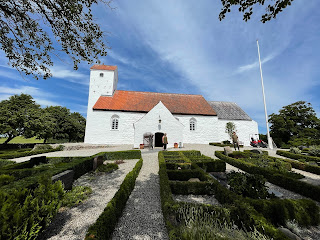


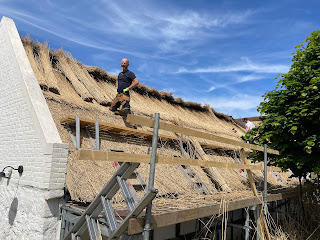
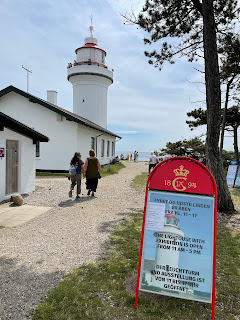
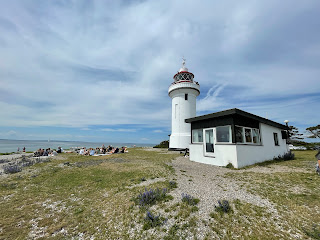

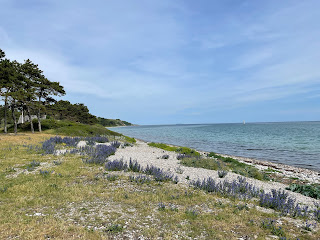
No comments:
Post a Comment